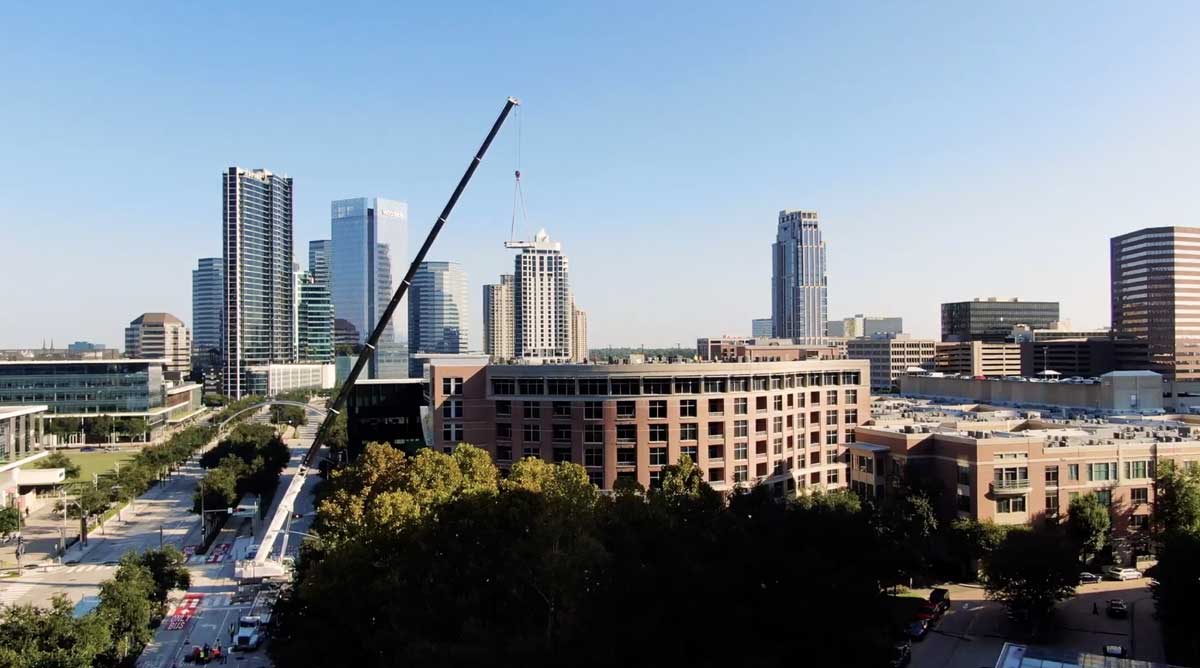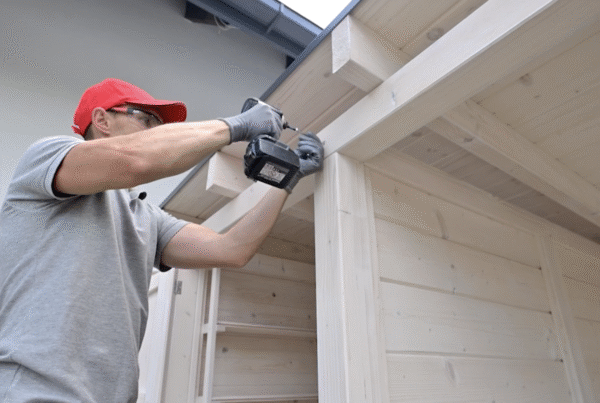How worried should you be about future condo maintenance costs? If you’re considering buying a condo in an up-and-coming part of town but are concerned about resale value and increasing maintenance assessments, let’s assume the area will remain desirable. How do you know if your condo’s assessments will go up more than those in other nearby communities? With special assessments and increasing assessments all around, you are right to worry. Not all condominium associations are created equal, and some are more likely than others to have a need for drastic increases in assessments or even special assessments. Those changes in assessments can impact the resale price as well as what you pay during the time you own the property.
Forget amenities; we have managed hundreds of condo associations over the years, and here is what I would look for to see if a condominium association is “healthy”:
Reasonable Board of Directors
Believe it or not, a bad board or bad board members can really make life miserable (and expensive). Whether it’s extreme or selective rules enforcement, failure to consider what’s in the best interest of the community as a whole, or not following professional advice, a bad board can erode home value. If the board hasn’t held an annual meeting in some time, I would inquire why – annual meetings are a form of transparency and a respectful forum for discussing your future as “shareholders” in the HOA. Beware of those that do hold meetings but haven’t reached a quorum (the minimum percentage needed to conduct business, such as holding an election). Lack of a quorum can lead to a board that is “self-appointed” rather than elected, which can give rise to a fiefdom instead of a Board.
Construction Type
Improved construction, such as fire resistive, masonry, or better versus wood frame construction, can have huge implications for insurance costs, which will significantly impact your HOA dues. These also affect maintenance costs. Mid-rise and high-rise buildings tend to have improved construction and are also protected by fire sprinklers. This gives them a more favorable rating from an insurance perspective. Wood frame construction is rarely sprinklered unless it is very new construction and, along the Gulf Coast, which is extremely expensive to insure right now. It can be about 5-10x more expensive per dollar of value insured than a typical mid-rise building with sprinklers and fire-resistive construction. This means the master condominium insurance policy, which is funded by your HOA dues, can cost 5 to 10 times more for the same unit in a different building. Look for improved construction and newer, sprinklered buildings to help ensure your insurance expenses will remain within the realm of reason. EIFS (exterior insulation finishing systems) are popular in high rises; however, they are hard to insure and can have an adverse effect on insurance costs, even in newer buildings.
Insurance Limits of Coverage
Speaking of insurance, it is also important to note that insurance has increased so much in cost that not everyone can afford full coverage for all causes of loss under the special form. Sometimes full coverage is not even available – which is a big difference from even 5 years ago. If a building does not carry full Replacement Cost Value of insurance, it can be very hard to resell a unit, as mortgage lenders typically require this. “Loss Limits,” which cap the amount the insurer will pay for a loss at less than the total value of the building, are more common now than ever before and serve as a cost-saving measure but increase the risk of special assessments. Some lenders can take issue with this and may refuse to issue a mortgage loan; however, in the wake of recent hikes in insurance expenses and the lack of availability of full coverage, many lenders have been more flexible when it comes to “loss limits.”
Size
If you’re in a building that has amenities, mechanical equipment such as elevators, or garage gates, then you share that cost across all the units in the condominium. The fixed cost of an elevator is usually about the same whether it’s 30 units or 70 units. However, splitting these expenses across 30 units instead of 70 units makes a considerable difference to your maintenance assessments. The sweet spot is usually 70-100 units when a condominium achieves a certain economy of scale that enjoys lower maintenance assessments. Small buildings with amenities, beware.
Age and Condition of Major Systems
The age of major infrastructure versus cash on hand to pay should be one of the first considerations. Think roofs, elevators, and mechanical systems. The older they are in their life cycle (usually 15-30 years), the closer you are to a large capital expenditure to update them, or worse, living without them in functional condition. Buildings that are 15 years old are right about to enter the phase of their life cycle where major infrastructure starts needing replacement or major repairs. Fannie Mae lender questionnaires also want to know about aging infrastructure and may refuse to buy mortgages in buildings that have outstanding infrastructure repairs, such as old roofs or elevators. This affects resale value, but also, this situation invites special assessments.
Reserves and Long-Range Planning
Many think of a 10% reserve contribution as the condo reserves rule of thumb. However, 10% is the bare minimum. Less than a 20% contribution of total revenue going to condo reserves is an orange flag worth investigating. The lack of a recent reserve study or long-range financial plan is as well. If a building has these flags, they’re flying blind and on low fuel. Buildings with histories of multiple special assessments are also worth digging into further. Take a look at our long-range plan template to get an in-depth financial analysis of your association
A Balanced Budget and Low Accounts Receivable
Believe it or not, some HOAs do not have balanced budgets and run in the red routinely. This is a short-lived avoidance of increasing maintenance assessments that is certain to erode value. A balanced budget that accounts for contributions to the condo reserve fund combined with a low delinquency rate is a great sign. Also, take a look at their income statement, and if they report more than a nominal amount of fine revenue, that could be a red flag that the association is overly reliant on monetizing rules violations to subsidize expenses.
Professional Management
Management helps provide good advice, best practices, and helps to keep HOA boards on track. They also provide access to convenient tools for communication, professional accounting, maintenance, and guidance for your HOA board. Professional management is a sign that a board is not reliant on “volunteer manpower” for fundamental functions such as accounting, maintenance, and administrative oversight. It is also important that you have a third-party firm handling accounting functions to preserve the integrity of accounting controls that protect homeowner money.
Rental Ratios and Rental Restrictions
You want to ensure the building has fewer than 50% investor owners. Ideally, closer to 15-20% means the community is solidly owned by owners who intend to reside in the community and care to invest in its future. Once you approach 50% or more renters, you find the property will become an investment property and begin to run with the intent of keeping costs low, regardless of the impact on quality of living. However, it is key that there is balance. Investors are part of a healthy ecosystem, and rules that are overly punitive to renters and investors may have the effect of harming the quality of life and signal risky enforcement practices by the HOA’s board. Besides, many investors start by residing in the community and decide to rent their home rather than sell when they move on. This is a great way for a community to grow and become more diverse.
In Summary, Don't Sweat Future Condo Maintenance Costs.
These factors can give you a strong sense of whether a condo association is healthy and well-managed, which can mitigate your concerns about unforeseen assessments and help protect your investment’s value over time.







